Lanthanum Calcium Manganate Sputter Target Description
The Lanthanum Calcium Manganate Sputtering Target from TFM is an oxide sputtering material composed of lanthanum (La), calcium (Ca), manganese (Mn), and oxygen (O).
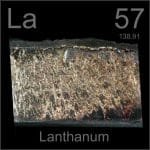 Lanthanum is a soft, malleable, silvery-white metal and is one of the most reactive rare earth elements. It is used in a variety of applications, including the production of special optical glasses and improving the malleability of steel. Additionally, lanthanum plays a significant role in wastewater treatment and oil refining processes. It is also referred to as “super calcium” by scientists because of its use in photoconversion films, which enhance the efficiency of solar cells by converting ultraviolet light into visible light.
Lanthanum is a soft, malleable, silvery-white metal and is one of the most reactive rare earth elements. It is used in a variety of applications, including the production of special optical glasses and improving the malleability of steel. Additionally, lanthanum plays a significant role in wastewater treatment and oil refining processes. It is also referred to as “super calcium” by scientists because of its use in photoconversion films, which enhance the efficiency of solar cells by converting ultraviolet light into visible light.
Related Product: Lanthanum Sputtering Target
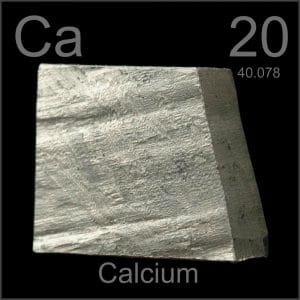 Calcium is a chemical element with its name derived from the Latin word ‘calx,’ meaning lime. It was first mentioned and observed by Sir Humphry Davy in 1808, who also accomplished and announced its isolation. The chemical symbol for calcium is “Ca,” and its atomic number is 20. Calcium is located in Period 4, Group 2 of the periodic table, within the s-block. Its relative atomic mass is 40.078(4) Dalton, with the number in brackets indicating the measurement uncertainty. Calcium is an essential element in the human body, playing a crucial role in bone and teeth formation, and it is widely used in various industrial applications, including cement and steel manufacturing.
Calcium is a chemical element with its name derived from the Latin word ‘calx,’ meaning lime. It was first mentioned and observed by Sir Humphry Davy in 1808, who also accomplished and announced its isolation. The chemical symbol for calcium is “Ca,” and its atomic number is 20. Calcium is located in Period 4, Group 2 of the periodic table, within the s-block. Its relative atomic mass is 40.078(4) Dalton, with the number in brackets indicating the measurement uncertainty. Calcium is an essential element in the human body, playing a crucial role in bone and teeth formation, and it is widely used in various industrial applications, including cement and steel manufacturing.
Related Product: Calcium Sputtering Target
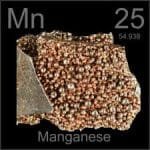 Manganese is a chemical element named after the Latin word ‘magnes,’ meaning magnet, or from the term ‘magnesia nigra,’ referring to black magnesium oxide. It was first mentioned in 1770 and observed by O. Bergman, with its isolation later accomplished and announced by G. Gahn. The chemical symbol for manganese is “Mn,” and its atomic number is 25. Manganese is located in Period 4, Group 7 of the periodic table, within the d-block. Its relative atomic mass is 54.938045(5) Dalton, with the number in brackets indicating the measurement uncertainty. Manganese is widely used in steel production to improve hardness, stiffness, and strength, and it also plays a vital role in various biological processes.
Manganese is a chemical element named after the Latin word ‘magnes,’ meaning magnet, or from the term ‘magnesia nigra,’ referring to black magnesium oxide. It was first mentioned in 1770 and observed by O. Bergman, with its isolation later accomplished and announced by G. Gahn. The chemical symbol for manganese is “Mn,” and its atomic number is 25. Manganese is located in Period 4, Group 7 of the periodic table, within the d-block. Its relative atomic mass is 54.938045(5) Dalton, with the number in brackets indicating the measurement uncertainty. Manganese is widely used in steel production to improve hardness, stiffness, and strength, and it also plays a vital role in various biological processes.
Related Product: Manganese Sputtering Target
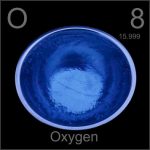 Oxygen is a chemical element named after the Greek words ‘oxy’ and ‘genes,’ meaning acid-forming. It was first mentioned and observed by W. Scheele in 1771, who also accomplished and announced its isolation. The chemical symbol for oxygen is “O,” and its atomic number is 8. Oxygen is located in Period 2, Group 16 of the periodic table, within the p-block. Its relative atomic mass is 15.9994(3) Dalton, with the number in brackets indicating the measurement uncertainty. Oxygen is essential for respiration in most life forms and plays a crucial role in combustion, oxidation, and various chemical processes.
Oxygen is a chemical element named after the Greek words ‘oxy’ and ‘genes,’ meaning acid-forming. It was first mentioned and observed by W. Scheele in 1771, who also accomplished and announced its isolation. The chemical symbol for oxygen is “O,” and its atomic number is 8. Oxygen is located in Period 2, Group 16 of the periodic table, within the p-block. Its relative atomic mass is 15.9994(3) Dalton, with the number in brackets indicating the measurement uncertainty. Oxygen is essential for respiration in most life forms and plays a crucial role in combustion, oxidation, and various chemical processes.
Lanthanum Calcium Manganate Sputter Target Handling Notes
- Indium Bonding: Indium bonding is recommended for the lanthanum calcium manganate sputtering target due to its brittleness and low thermal conductivity, which make it less suitable for traditional sputtering methods.
- Thermal Conductivity: This material has low thermal conductivity and is susceptible to thermal shock. Proper handling and bonding techniques are essential to prevent damage during the sputtering process.
Lanthanum Calcium Manganate Sputter Target Application
The Lanthanum Calcium Manganate Sputtering Target is utilized in a wide range of applications, including thin film deposition, decorative coatings, semiconductors, displays, LEDs, and photovoltaic devices. It is also used in functional coatings, the optical information storage industry, glass coatings for automotive and architectural purposes, and optical communication systems, among other fields.
Lanthanum Calcium Manganate Sputter Target Packing
Our Lanthanum Calcium Manganate Sputtering Targets are meticulously tagged and labeled externally to ensure efficient identification and maintain strict quality control. We take great care to prevent any damage during storage and transportation, ensuring the highest standards of product integrity upon delivery.


 MSDS File
MSDS File
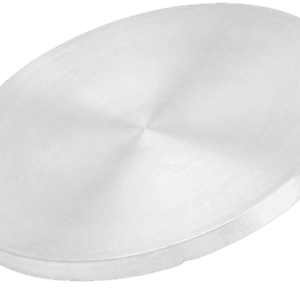
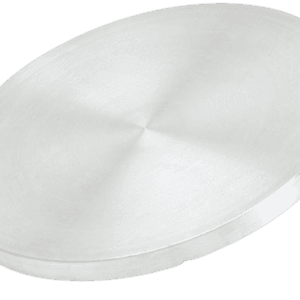
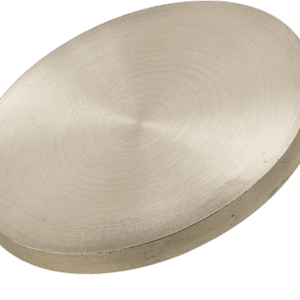
Reviews
There are no reviews yet.